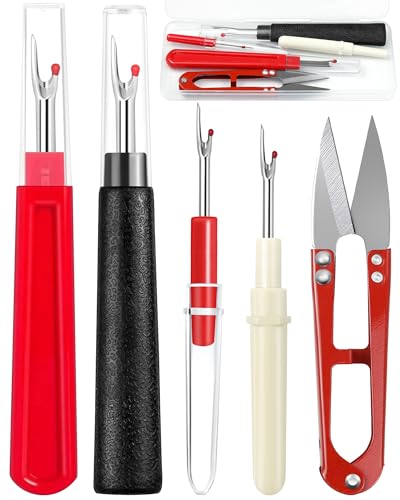Are sewing needles magnetic? This is a common question among sewing enthusiasts and beginners alike. The answer is not a simple yes or no, as it depends on the type of needle and the materials used in its construction.
Understanding sewing needles is important when it comes to selecting the right needle for your project. Needles come in various sizes, shapes, and materials, each with its own unique properties. Some needles are made of ferromagnetic materials, which means they can be magnetized, while others are non-magnetic.
Key Takeaways
- Sewing needles can be made of magnetic or non-magnetic materials.
- Needles made of ferromagnetic materials can be magnetized.
- Understanding the properties of sewing needles is important for selecting the right needle for your project.
Understanding Sewing Needles
As a sewing enthusiast, I understand the importance of using the right needle for each project. Sewing needles come in different sizes, materials, and types, and it can be overwhelming to choose the right one. In this section, I will provide you with a basic understanding of sewing needles and their properties.
Material
Sewing needles are made of different materials, including steel, nickel-plated steel, and titanium. Steel needles are the most common and affordable, while titanium needles are the most durable and expensive. Nickel-plated needles are corrosion-resistant and glide smoothly through the fabric.
Point
The point of a sewing needle determines how it penetrates the fabric. There are three types of points: sharp, ballpoint, and universal. Sharp needles have a sharp point and are ideal for woven fabrics. Ballpoint needles have a rounded tip that slides between the fibers of knit fabrics, avoiding snags and runs. Universal needles have a slightly rounded tip and can be used on both woven and knit fabrics.
Eye
The eye of a needle is the hole through which the thread passes. The size of the eye varies depending on the needle size and type of thread. A small eye is suitable for fine threads, while a larger eye is required for thicker threads.
Sewing Machine vs. Hand Sewing Needles
Sewing machine needles have a flat side that faces the back of the machine, while hand sewing needles have a rounded eye that is easy to thread. Sewing machine needles are available in different sizes and types, and it is important to choose the right size and type for your machine. Hand sewing needles are available in different lengths and sizes and are suitable for hand stitching.
In conclusion, understanding the properties of sewing needles is essential for achieving the best results in your sewing projects. By choosing the right needle for your fabric and thread, you can ensure a smooth and enjoyable sewing experience.
Materials Used in Sewing Needles
Sewing needles are essential tools in sewing. They come in different sizes, shapes, and materials. In this section, I will discuss the different materials used in sewing needles.
Metal Needles
Most sewing needles are made of metal, specifically iron-based materials. The most common metal used in sewing needles is steel, particularly high carbon steel. Steel needles are durable, strong, and can withstand repeated use without breaking or bending. They are also resistant to corrosion, which is important for longevity.
Another metal used in sewing needles is nickel. Nickel needles are more expensive than steel needles, but they are also more durable and last longer. They are also less likely to cause an allergic reaction, making them a good choice for people with sensitive skin.
Non-Metal Needles
While most sewing needles are made of metal, there are also non-metal needles available. In ancient times, people used needles made of wood, bone, or even plastic. Today, some manufacturers still produce wooden needles, which are lightweight and easy to handle. However, they are not as durable as metal needles and can break easily.
Plastic needles are also available, but they are not as popular as metal or wooden needles. They are lightweight and inexpensive, but they are not as strong as metal needles and can bend or break easily.
In conclusion, sewing needles come in different materials, including metal and non-metal options. Steel and nickel are the most common metal options, while wood and plastic are the most common non-metal options. When choosing a needle, consider the type of fabric you are working with, the size and shape of the needle, and the durability of the material.
Magnetism and Sewing Needles
As someone who has been sewing for years, I have always been curious about whether sewing needles are magnetic or not. After doing some research, I have discovered that sewing needles are a type of ferromagnetic material. This means that they are magnetic once rubbed with another magnet. However, the magnetism of the needle also changes according to the type of material in the needle.
Ferromagnetic Materials
Ferromagnetic materials are materials that can be magnetized. They are made up of tiny magnetic domains, which are groups of atoms that have their magnetic fields aligned in the same direction. When a strong magnetic field is applied, these domains become aligned, and the material becomes magnetized. Some examples of ferromagnetic materials include iron, cobalt, and nickel.
Magnetizing a Sewing Needle
To magnetize a sewing needle, you can use a strong magnet. Rub the needle with the magnet in one direction several times. This will create a temporary magnet, which will last for a short period of time. If you want to create a permanent magnet, you will need to rub the needle with the magnet in the same direction many times. This will align the magnetic domains in the needle, and it will become permanently magnetized.
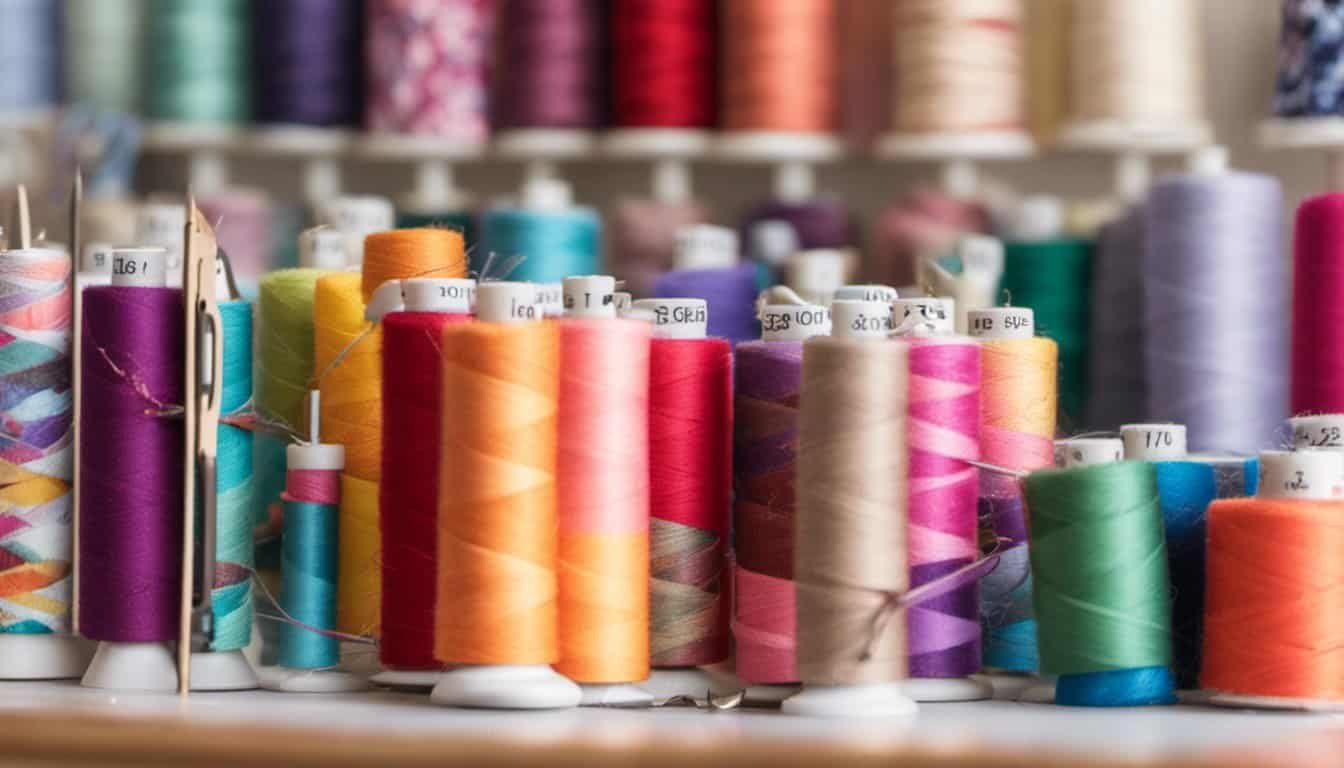
It is important to note that not all sewing needles are made of the same material. Some needles are made of stainless steel, which is not a ferromagnetic material. These needles will not become magnetized, no matter how much you rub them with a magnet.
In conclusion, sewing needles are a type of ferromagnetic material, which means they can be magnetized. To magnetize a sewing needle, you can use a strong magnet and rub the needle in one direction several times. However, it is important to note that not all sewing needles are made of the same material, and some needles will not become magnetized.
Non-Magnetic Needles
As I mentioned earlier, sewing needles are not magnetic. They are made of materials like stainless steel, gold, platinum, titanium alloy, or titanium, which are not magnetic materials. However, if you place a sewing needle near a magnet, it will be attracted to the magnet. This is because the magnet will magnetize the needle temporarily.
Non-magnetic needles are perfect for people who work with electronic equipment, as magnetic needles can interfere with the equipment. These needles are also ideal for people who are allergic to nickel, which is a common component in magnetic needles.
« Sewing vs Embroidery: Which is the Best for Your Project?
How to Fix a Sewing Machine Bobbin: Simple Steps to Get You Back to Sewing »
Stainless steel needles are the most common type of non-magnetic needles. They are durable, long-lasting, and resistant to rust and corrosion. These needles are perfect for general sewing tasks like stitching fabrics, quilting, and embroidery.
Gold and platinum needles are also non-magnetic and are ideal for people who have sensitive skin. These needles are hypoallergenic and do not cause skin irritation or allergic reactions. They are perfect for people who are allergic to nickel or other metals.
Lead needles are another type of non-magnetic needles. They are used for sewing leather, canvas, and other heavy fabrics. These needles are strong and durable and can penetrate thick fabrics easily.
Titanium alloy and titanium needles are also non-magnetic. They are lightweight, durable, and resistant to rust and corrosion. These needles are perfect for people who are looking for high-quality needles that last a long time.
In summary, non-magnetic needles are perfect for people who work with electronic equipment, are allergic to nickel, or want high-quality needles that last a long time. They come in different materials like stainless steel, gold, platinum, lead, titanium alloy, and titanium.
Finding Lost Sewing Needles
As someone who sews regularly, I know how frustrating it can be to lose a needle. They are small, sharp, and can easily get lost in carpets, tights, or other fabrics. But don’t worry, here are some tips and tricks I use to find lost sewing needles.
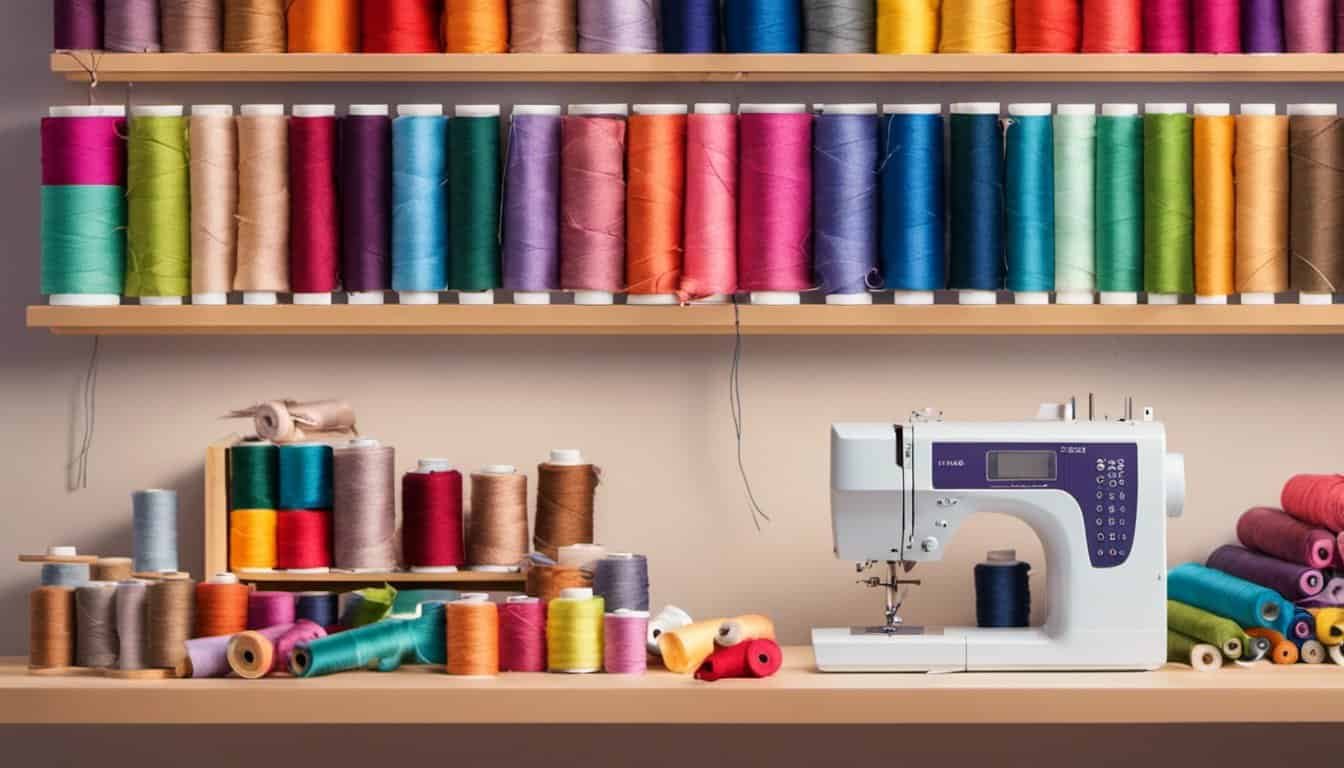
1. Use a Magnet
Sewing needles are usually made of steel, which is a magnetic material. Therefore, you can use a magnet to find your lost needle. You can use a compass or a magnetized screwdriver, or even a metal detector if you have one. Simply move the magnet over the area where you think you lost the needle, and it should attract the needle.
2. Use a Flashlight
If you can’t find your needle with a magnet, try using a flashlight. Turn off the lights and shine the flashlight over the area where you think you lost the needle. The needle should reflect the light and make it easier to spot.
3. Check Your Carpets
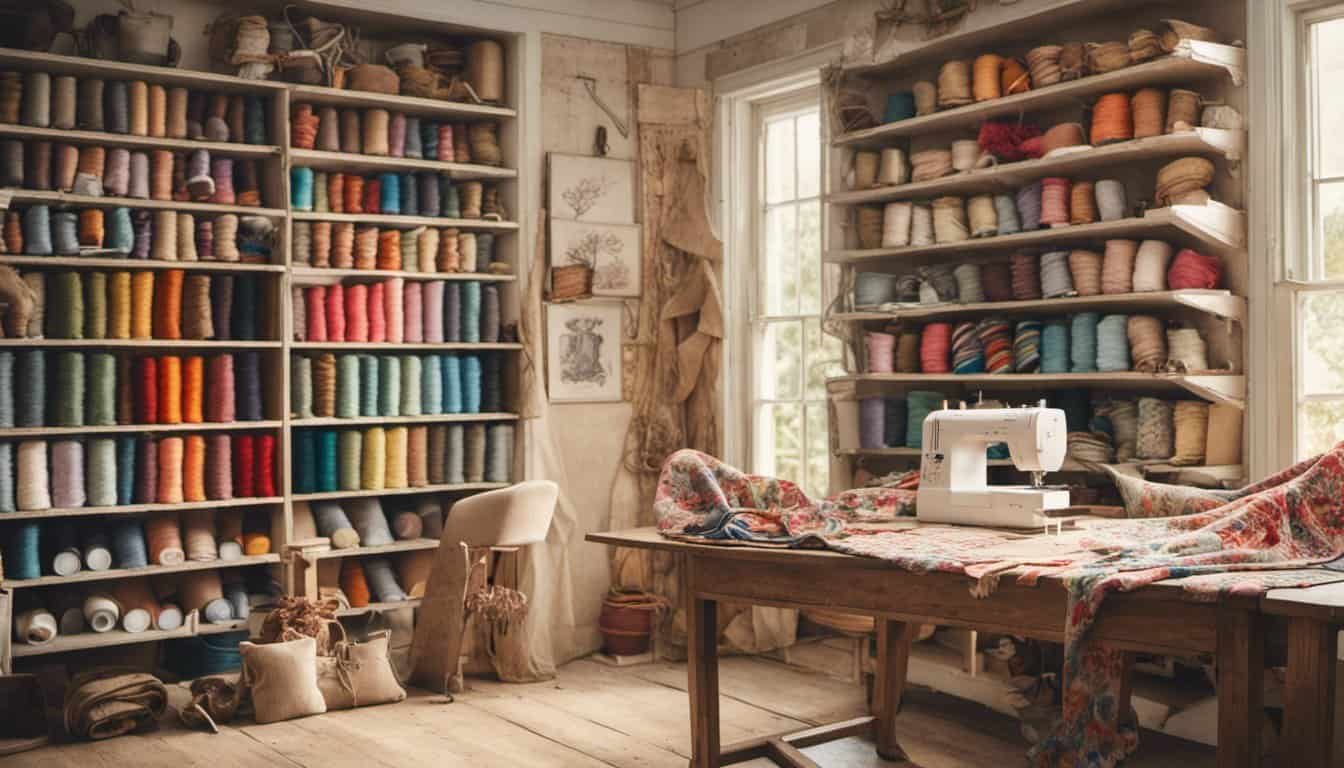
If you lost your needle on a carpet, there are a few things you can try. First, try shaking the carpet gently to see if the needle falls out. You can also use a vacuum cleaner with a hose attachment to suck up the needle. If you have a stocking or tights, put them over the hose attachment and secure them with a rubber band. This will help catch the needle without it getting sucked up into the vacuum.
4. Be Careful
When searching for a lost needle, be careful not to hurt yourself. Wear gloves or use a pair of pliers to pick up the needle. If you can’t find the needle, don’t panic. It’s better to be safe than sorry, and you don’t want to accidentally step on a lost needle.
By following these tips, you should be able to find your lost sewing needle in no time. Remember to be patient and careful when searching for the needle, and always be sure to dispose of it properly once you find it.
Organizing and Storing Sewing Needles
As a sewing enthusiast, I know how important it is to keep my sewing needles organized and stored properly. Not only does it make it easier to find the right needle for a specific project, but it also ensures safety and longevity of the needles. Here are some tips on how to organize and store your sewing needles.
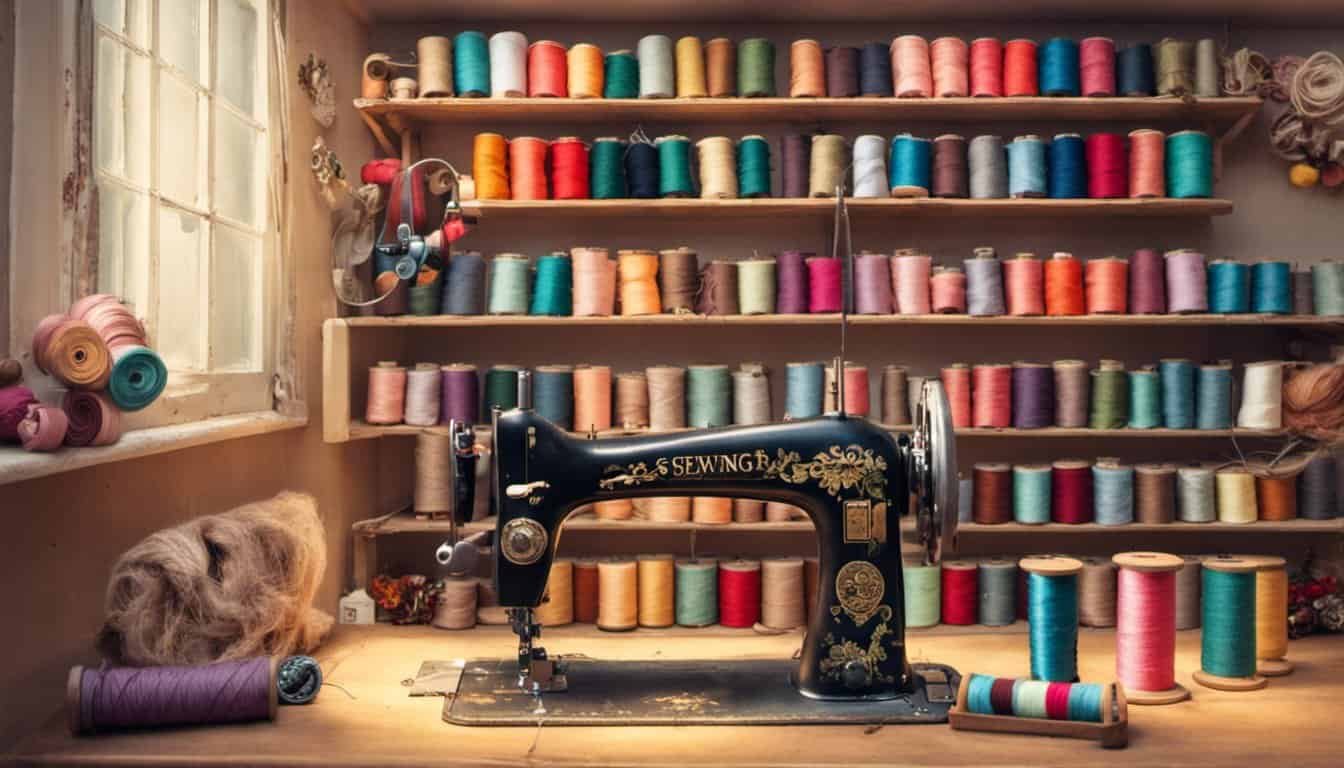
Needle Case or Needle Organizer
One of the most common ways to store sewing needles is by using a needle case or needle organizer. These cases come in various sizes and shapes, and they usually have different compartments to store different types of needles. Some needle cases even have a magnetic strip to keep magnetic needles in place. This is a great option if you have a lot of needles and want to keep them all in one place.
Needle Books
Another option for storing sewing needles is by using a needle book. Needle books are small books with pages that have slots to hold needles. They are portable and easy to use, and they come in different sizes and designs. Some needle books even have a built-in pin cushion for added convenience.
Magnetic Needle Holder
If you have magnetic needles, a magnetic needle holder is a great option for storage. These holders have a magnetic strip that keeps the needles in place, and they come in different sizes and shapes. Some magnetic needle holders even have a built-in pin cushion.
Pin Cushion
A pin cushion is a must-have for any sewing enthusiast, and it can also be used to store sewing needles. Pin cushions come in different shapes and sizes, and they are usually filled with some type of stuffing material. You can stick your needles into the pin cushion for easy access and storage.
DIY Needle Storage Solutions
If you are feeling creative, you can also make your own needle storage solutions. For example, you can use a small tin or box and glue a piece of foam inside to hold the needles. You can also use a piece of felt and sew pockets onto it to hold the needles.

Tips for Proper Needle Storage
No matter which storage option you choose, there are some tips you should follow for proper needle storage. First, make sure to label your storage container with the type of needles inside. This will make it easier to find the right needle for a specific project. Second, store your needles in a dry and cool place to prevent rusting. Third, keep your needles out of reach of children and pets for safety reasons.
In conclusion, organizing and storing sewing needles is an important part of sewing. By using the right storage solution and following proper storage tips, you can ensure that your needles are always safe and easy to find.
Specialty Sewing Needles
As a sewing enthusiast, I know that there are a variety of specialty sewing needles available to cater to different sewing needs. These needles are designed to make specific sewing tasks easier and more efficient. In this section, I will discuss some of the most common specialty needles and their uses.
Embroidery Needles
Embroidery needles are used for hand embroidery and come in different sizes and shapes. They have larger eyes to accommodate embroidery floss and are sharp enough to penetrate through fabric. Some embroidery needles have a sharp point while others have a blunt tip to prevent snagging delicate fabrics.
Quilting Needles
Quilting needles are designed for quilting and come in different sizes and types. They have a long, thin shaft that allows them to pass through multiple layers of fabric and batting. Some quilting needles have a slightly curved needle to help you make even stitches. They are also ideal for sewing through multiple layers of fabric.

Beading Needles
Beading needles are used for hand-sewing beads onto fabric. They are long, thin, and flexible, making it easier to pass through tiny beads. They come in different sizes and are designed for different types of beads. For example, a size 10 beading needle is ideal for seed beads, while a size 12 beading needle is ideal for larger beads.
Sewing Machine Needles
Sewing machine needles are designed for use with a sewing machine and come in different sizes and types. They have a flat shank that fits into the machine’s needle holder. Some sewing machine needles are universal and can be used for different types of fabrics. Others are designed for specific fabrics like denim, leather, or silk.
Hand-Sewing Needles
Hand-sewing needles come in different sizes and types and are used for various hand-sewing tasks. They have different shapes and sizes of eyes and points, depending on the type of fabric and the task at hand. For example, a sharp-pointed needle is ideal for sewing through thick fabrics like leather, while a ball-pointed needle is ideal for knit fabrics.
In conclusion, specialty sewing needles are designed to make specific sewing tasks easier and more efficient. They come in different sizes and types, and it’s essential to choose the right needle for the job to achieve the best results.
Historical Context of Sewing Needles
As a sewing assistant, I have been asked many times whether sewing needles are magnetic or not. But before we get into that, let’s take a quick look at the historical context of sewing needles.

Sewing needles have been around for centuries. In ancient times, people used needles made of bone and horn. These needles were used to sew together animal fur and human hair to create clothing and other items.
As time went on, people began to use more advanced materials for their needles. Silk and other fabrics were used to create the first needles with an eye for threading. These needles were used to sew together more delicate fabrics and materials.
In the 19th century, steel needles were introduced. Steel needles were much stronger and more durable than previous needles. They were also easier to mass-produce, making them more affordable for people.
Today, sewing needles are made from a variety of materials, including stainless steel, aluminum, and plastic. They come in a wide range of sizes and types, each designed for a specific purpose.
So, to answer the question, “Are sewing needles magnetic?” the answer is yes and no. Some sewing needles are magnetic, while others are not. It depends on the type of material the needle is made from.
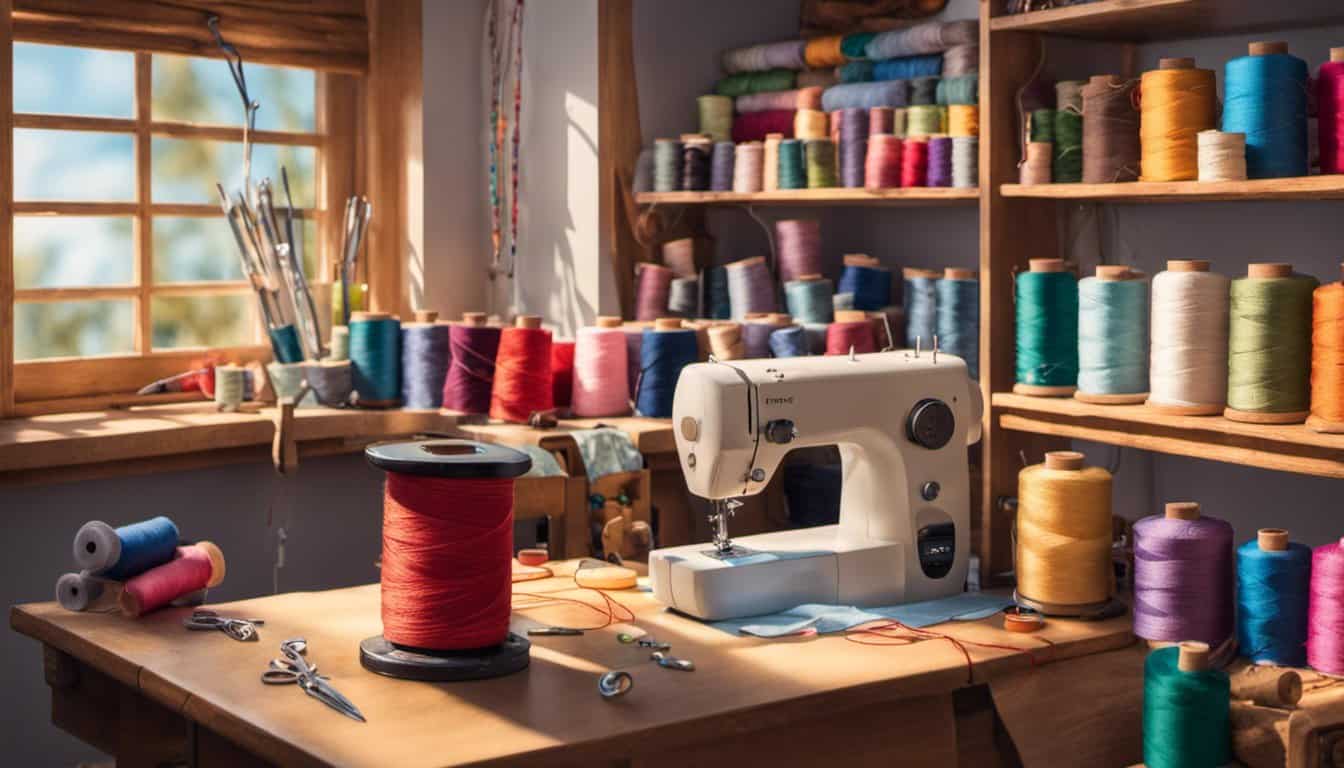
In conclusion, sewing needles have come a long way over the centuries. From bone and horn needles to steel and plastic, they have evolved to meet the needs of sewers all over the world.
Scientific Principles Behind Magnetism
As a sewing enthusiast, I have always been curious about the science behind magnetism and how it relates to sewing needles. Magnetism is a fundamental force that arises from the motion of charged particles, such as electrons, within an atom. It is a complex phenomenon that is still not fully understood, but there are a few key principles that help explain it.
At the atomic level, magnetism arises from the behavior of electrons, which are negatively charged particles that orbit the nucleus of an atom. Electrons have a property called spin, which is a kind of intrinsic angular momentum that gives them a magnetic moment. When electrons in an atom are aligned in such a way that their magnetic moments are all pointing in the same direction, the atom itself becomes magnetic.
The magnetic behavior of an atom depends on the number of electrons it has and how they are arranged in the atom’s orbitals. Some elements, such as iron, cobalt, and nickel, have a particularly strong magnetic behavior because they have unpaired electrons in their outermost orbitals. These elements are also known as ferromagnetic materials and are commonly used in making magnets and alloys.
When a magnetic material, such as a sewing needle, is placed near a magnet, it will either be attracted or repelled depending on the orientation of its magnetic moment relative to the magnet’s magnetic field. This is the basis for the magnetic compass, which uses a magnetized needle to align itself with the Earth’s magnetic field.

In conclusion, the scientific principles behind magnetism are complex but fascinating. Understanding these principles can help explain why some materials, such as sewing needles, exhibit magnetic behavior while others do not.
Frequently Asked Questions
Can all metals be magnetized?
No, not all metals can be magnetized. Only ferromagnetic metals such as iron, nickel, and cobalt can be magnetized.
What makes a needle magnetic?
A needle can become magnetic when it is made of a ferromagnetic metal and is exposed to a magnetic field. This causes the magnetic domains within the metal to align in the same direction, creating a magnetic field.
What materials are used to make magnetic needles?
Magnetic needles are typically made of steel, which is a ferromagnetic metal. Some needles may also be coated with a non-magnetic material, such as nickel, to prevent rusting.
How do you test if a needle is magnetic?
One way to test if a needle is magnetic is to use a magnet. Simply hold the magnet near the needle and see if it is attracted to it. If the needle is magnetic, it will be attracted to the magnet.

Are there any disadvantages to using magnetic needles?
One potential disadvantage of using magnetic needles is that they can interfere with electronic devices, such as pacemakers. Additionally, they may cause damage to sensitive materials, such as computer disks or credit cards.
Are magnetic needles more expensive than non-magnetic ones?
Magnetic needles are typically not more expensive than non-magnetic ones. The cost of a needle is usually determined by factors such as the brand, size, and quality of the needle, rather than whether or not it is magnetic.











